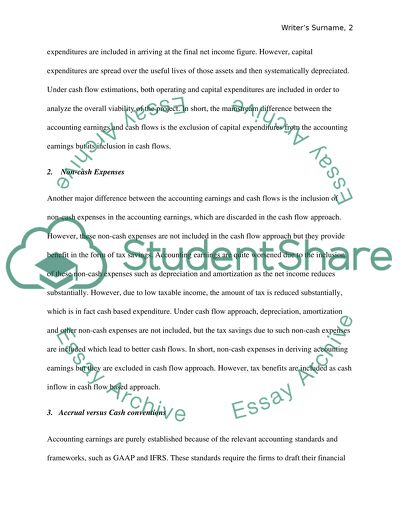Cite this document
(“Corporate finance - WACC - Cash Flow - Measuring Return on Investment Assignment”, n.d.)
Retrieved from https://studentshare.org/finance-accounting/1464175-corporate-finance-wacc-cash-flow-measuring-return
Retrieved from https://studentshare.org/finance-accounting/1464175-corporate-finance-wacc-cash-flow-measuring-return
(Corporate Finance - WACC - Cash Flow - Measuring Return on Investment Assignment)
https://studentshare.org/finance-accounting/1464175-corporate-finance-wacc-cash-flow-measuring-return.
https://studentshare.org/finance-accounting/1464175-corporate-finance-wacc-cash-flow-measuring-return.
“Corporate Finance - WACC - Cash Flow - Measuring Return on Investment Assignment”, n.d. https://studentshare.org/finance-accounting/1464175-corporate-finance-wacc-cash-flow-measuring-return.


